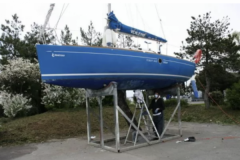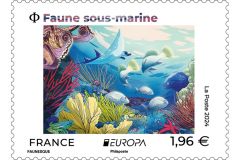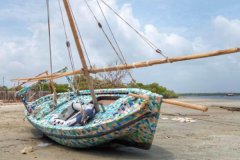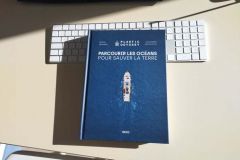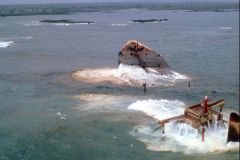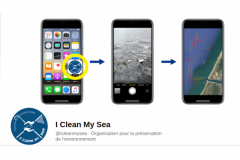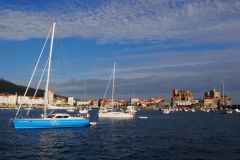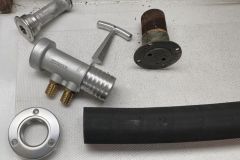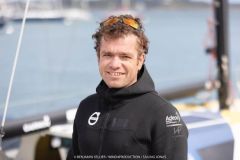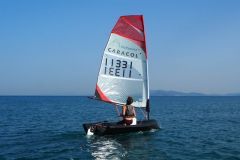The Swedish car manufacturer Volvo is involved in several actions to protect the oceans. First through the Volvo Ocean Race - a crewed round the world race with stopovers - where samples are taken from the world's oceans and seas. But it is a new project that Volvo has just unveiled. Indeed, while the latter organizes beach clean-ups around the world to combat pollution, they are not enough to improve the quality of our oceans.
There is so much plastic in our seas that scientists explain that it is currently impossible to remove everything.
In association with the Sydney Institute of Marine Science (New South Wales' leading marine science institute and marine research centre) and the Reef Design Lab (developer of 3D marine habitat infrastructure), the car manufacturer has developed a living dike to combat plastic pollution of the oceans.

Composed of 50 3D printed tiles that mimic the root structure of mangrove mangroves, the project aims to strengthen the structure of the existing dike and provide habitat for marine life.
According to research, a plastic waste truck is dumped into the ocean every minute. Sydney's coastline has been largely artificial since natural habitats were destroyed by pollution. This dam aims to maintain biodiversity and attract organisms that feed by filtering water, such as sponges, for example. If enough of them filter pollutants and heavy metals, the water will be cleaner.
These 3D printed tiles are installed along the existing structure of a dike in Sydney Harbour. Researchers will monitor it over the next 20 years, studying the improvement of biodiversity and water quality.





